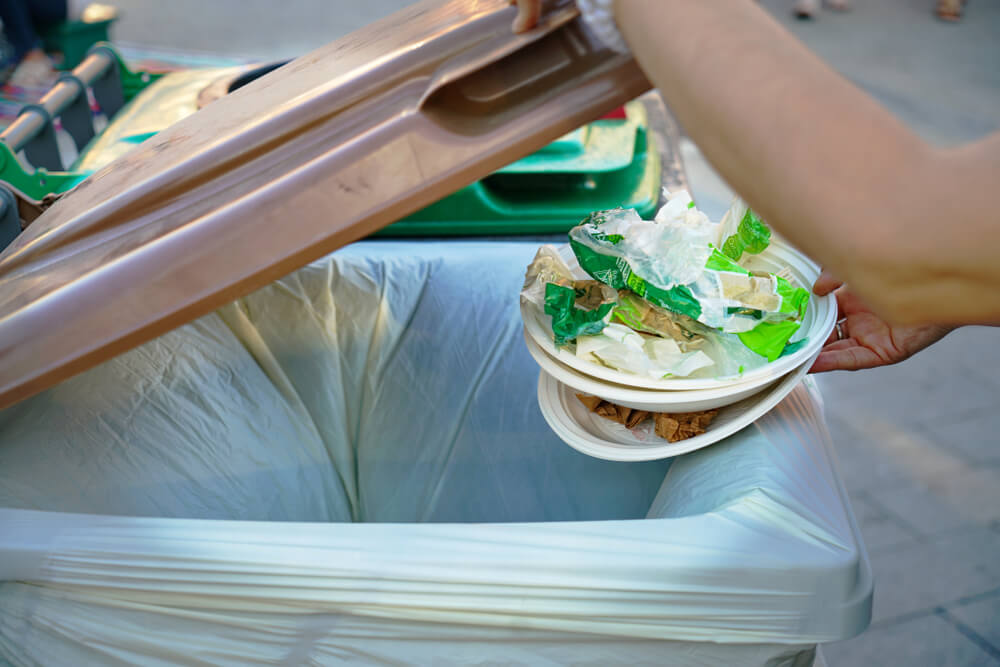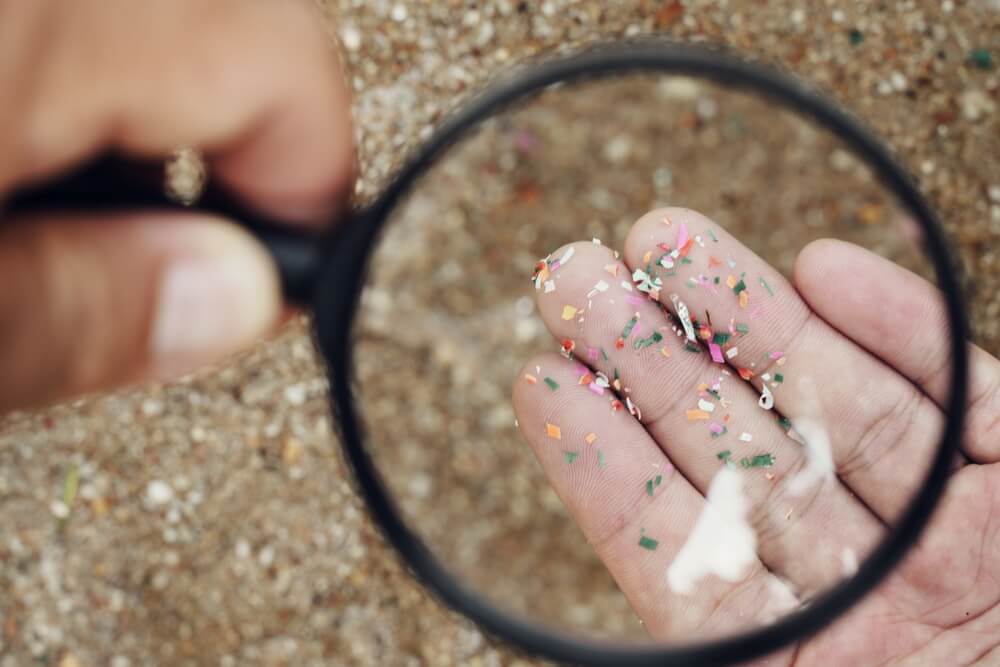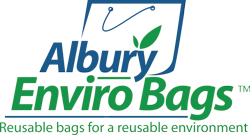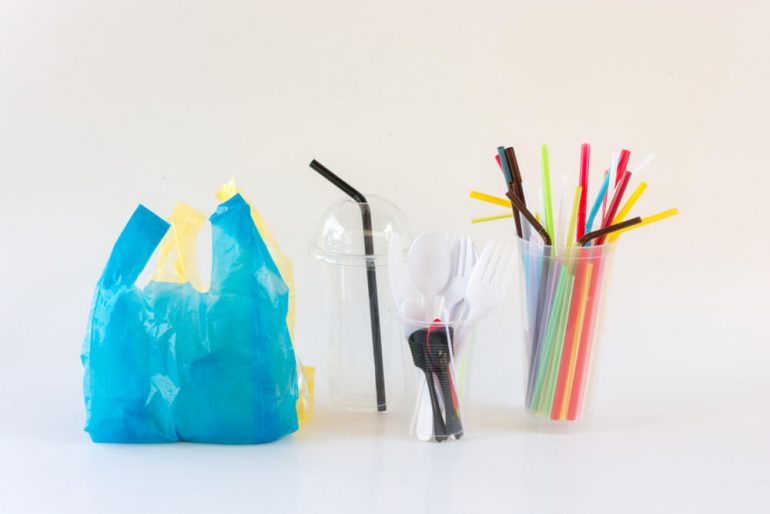The state of our environment is a common talking point today, and while behaviours and attitudes towards sustainability are becoming more positive, there is still a considerable usage of single-use plastics in our society. Surprisingly, there remains a variety of misconceptions floating around that are distorting people’s views and relationships with these single-use plastics.
So, to address this, the team at Albury Enviro Bags have come together to explore 6 misconceptions about single-use plastics that might just surprise you.
Misconception 1: Every Single Plastic Bottle Will Eventually Enter an Ocean or Landfill
We are all familiar with the harrowing sites of plastic water bottles congregating in clumps along beaches and reefs as the tides push them together, or mounds of them crunched together on overflowing landfills. Naturally, we believe that this is the only destination for them.
Actually, there is a range of versatile uses that an empty, plastic water bottle can have in a second life once processed for recycling. The collection, sorting and subsequent processing of PET plastic bottles has even become a thriving global sector, with strands being made into clothing, or upgraded to package and store food and beverages. Too many plastic bottles are indeed polluting our natural environment, but with the support of this industry, we can put a practical use forward as a solution to this global problem.
Misconception 2: Plastic Can Be Recycled into the Same Previous Object
When a plastic item is recycled, the polymers within its makeup will start to degrade into a lower quality throughout the process, known as ‘downgrading’. This means it will not be able to perform the same function to the desired degree as throughout its first use.
One might think this isn’t a big problem, given that it will still be recycled eventually, but in actuality, it continues the need for new plastic resin to be utilised in order to produce everything from plastic bottles to cutlery and plates, and beyond. This is why we need to move towards sustainable alternatives within our manufacturing sectors, rather than relying on recycling alone.

Misconception 3: All Types of Plastic Can be Recycled
In short, this is correct. All plastics can be recycled. The problem is when big business gets in the way, and deems it isn’t always profitable or feasible to do so.
Most often, it will cost more for a manufacturer to recycle plastics than to simply create new resin, leaving them to either sacrifice profit margins for the sake of the planet (which is rare), pass their added costs onto the consumer (which raises prices and reduces demand), or limit recycling to the few cost-effective methods.
Misconception 4: Bioplastics are Preferrable to Standard Plastics for Environmentally Sustainability
Again, having bioplastics made from biodegradable materials like sugarcane and corn isn’t the issue. It’s the industry that inevitably surrounds it.
For example, by manufacturing corn rather than consuming it, we divert the use of land to a new industry, which can prompt the further destruction of natural forests in order to develop fresh, expansive farmland.
What’s more is that producing bioplastics currently comes with a high amount of carbon emissions, requiring 2.7 times the energy to produce over traditional plastic. Add the water and unsustainable farming practices needed to mass-produce the corn, the benefits are quickly eroded by the disadvantages.
Misconception 5: Microplastics in the Ocean Can Be Found & Collected
If you’re out on your surfboard and happen to encounter a water bottle and remove it from the ocean, this is collecting plastic – not microplastic.
Microplastics are the minuscule pieces that have degraded from their original plastic objects, so tiny that they are indistinguishable to the human eye. They have become so widespread and pervasive in the ocean that we actually consume them via seafood and sea salt in our diets. There is a range of studies and theories searching for solutions to the problem, but at current, there is no solution.

Misconception 6: A Zero Waste Lifestyle is Too Expensive
Plastics are the material of choice in manufacturing because they are sturdy, versatile, but most importantly, cost-effective to produce. As a result, when others make reusable alternatives, such as reusable bags over plastic bags, the materials involved are more costly, and so, too, the asking price.
But these products are literally created with the intention of lasting longer than their single-use alternatives, meaning they are an investment that will not only offer benefits to the environment, but provide a positive return on investment with ongoing usage.
For more information on how to live more sustainably, please feel encouraged to contact our friendly team at Albury Enviro Bags today!





